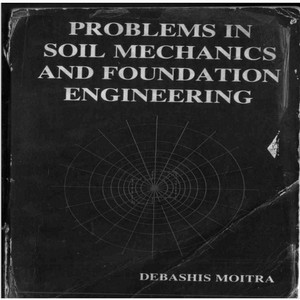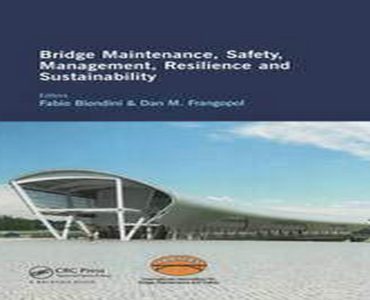Problems in soil mechanics and foundation engineering
by Debashis Moitra
Preface Problems in soil mechanics and foundation engineering is primarily intended for the undergraduate students of Civil Engineering.
However, it will be helpful also to the diploma-level students, A.M.I.E. students, and, in some cases, even to the post-graduate students of Soil Mechanics and Foundation Engineering.
A thorough understanding of the basic principles of a subject like Soil Mechanics calls for lhe solution of a large number of numerical problems.
In the Problems in soil mechanics and foundation engineering a brief infoduction to the content so each chapter has been given, which is followed by a number of worked-out examples and quite a few practice problems.
For a better understanding of the topics and students are required to solve all the problems by themselves.
Effort has been made to explain the basic principles underlying the solution of the problems so that the students may develop the habit of having a logical insight into the numerical problems while solving them.
Comments and 5rrggestionsregardingthe book, from the students as well as the teachers, will be highly appreciated.
Matter may exist in nature in three different states, viz., 1.1 Introduction: solid, liquid and gaseous. A soil Massin its natural state may consist of all ‘ three phases.
The basic ingredient is the solid grains which form the soil skeleton, while the intermittent void spaces are filled up by either air, or water, or both.
Thus, a soil mass in its natural state may be considered three-phase system. 1.2 Soil Mass as a Three-phase System: In a soil mass in its natural statute three phases, viz., solid, liquid andgas,are completely intermingled with one another.
However, if one can determine the individual volumes of solid grains, liquid (i.e., water) and gas (i.e., air) presenting a certain volume.





Reviews
There are no reviews yet.